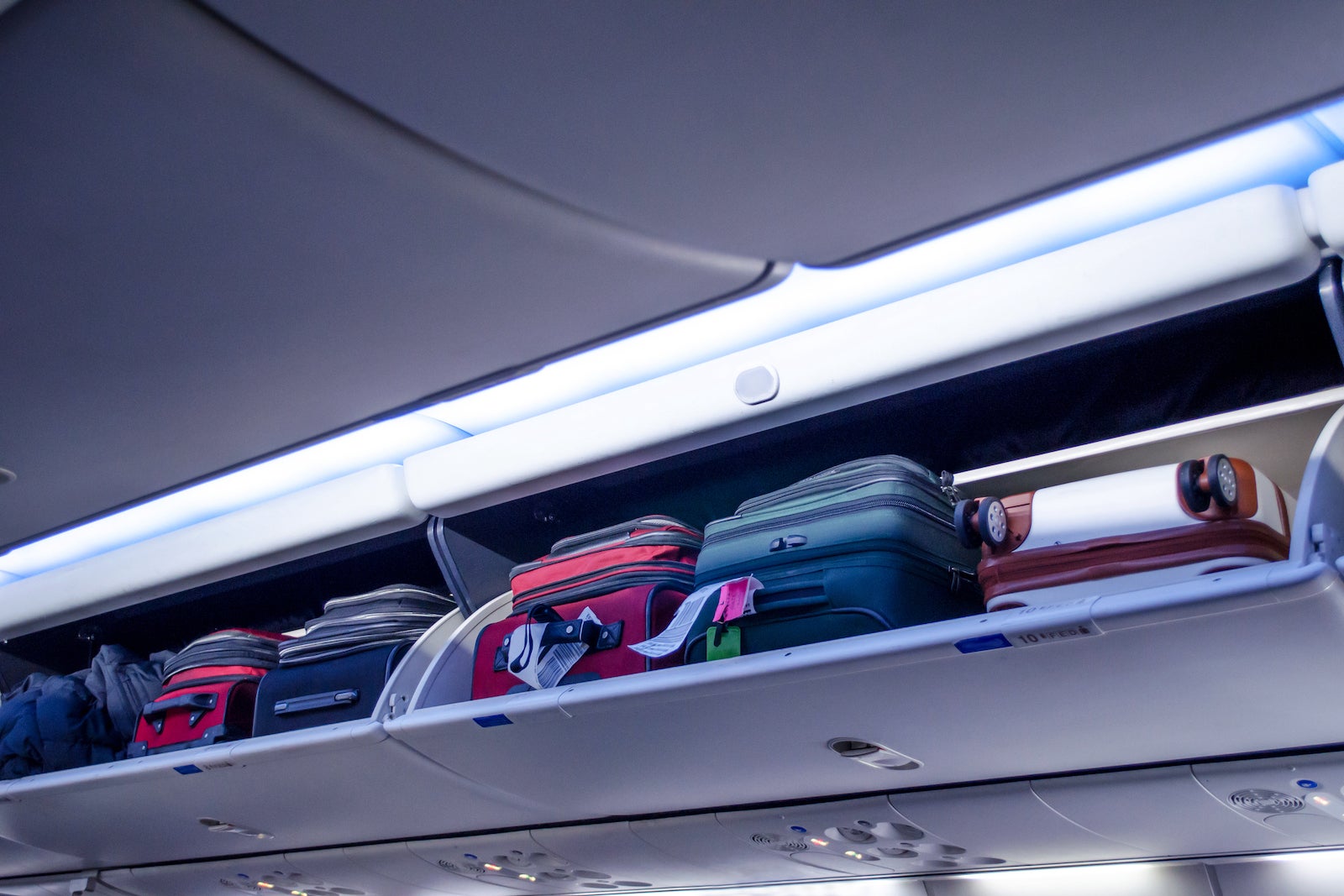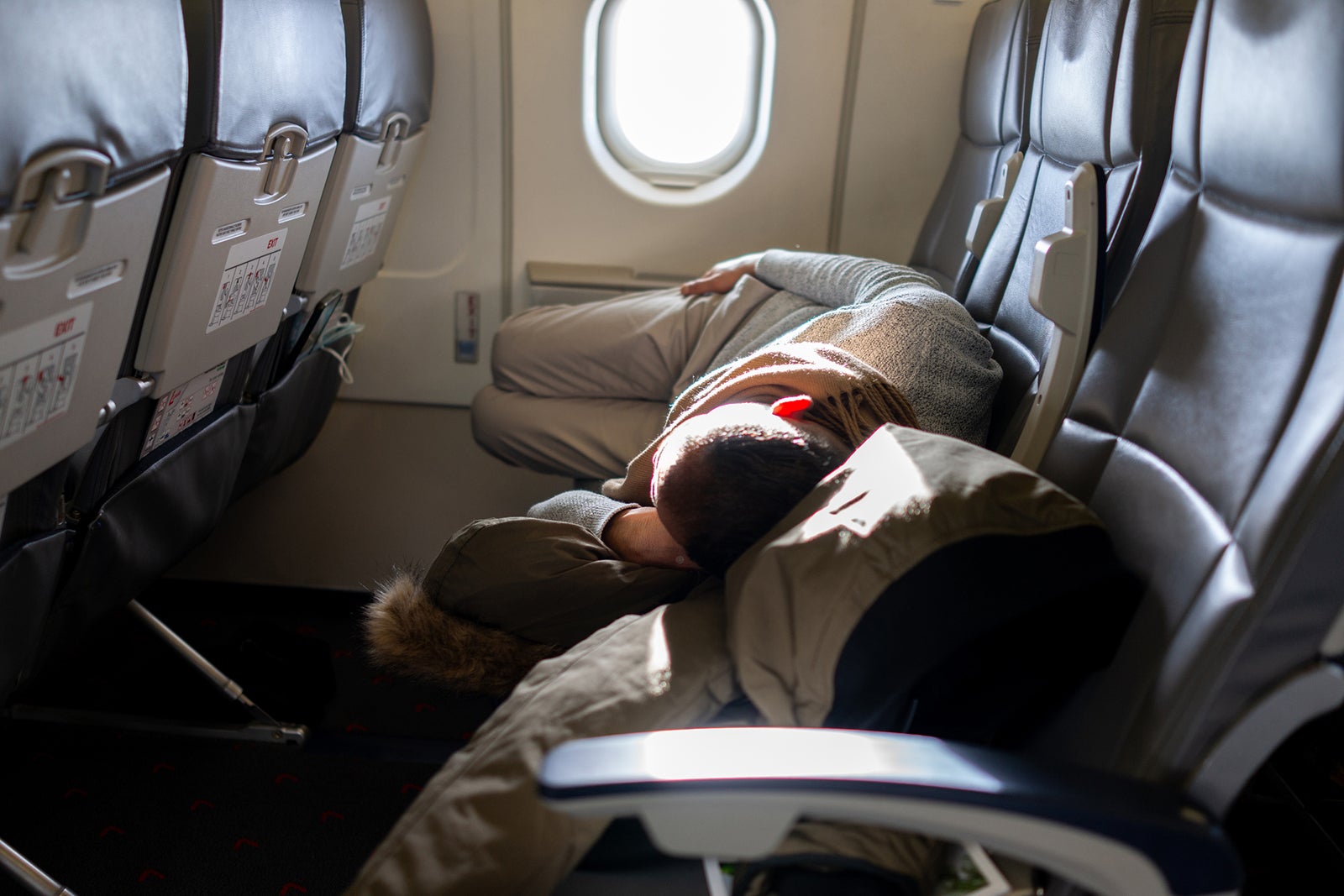The summer travel season is here, and the demand is high. Whether you’re heading to see Taylor Swift in Europe, attending the Summer Olympics in Paris or taking advantage of the favorable dollar-to-yen exchange rate to visit Japan this year, expect full flights, busy hotels and crowds at major attractions worldwide.
Experienced international travelers already know a lot of what awaits, but if you happen to be leaving the U.S. for the very first time, here are several things to expect during your trip.
You may need to complete certain travel documents in advance
Before any international trip, you should research what forms may be needed to enter the country or countries you’re visiting.
Examples of travel documents you may need to complete or submit in advance include:
- Visa
- Customs form
- Health form
- Proof of travel insurance
- Proof of certain vaccinations
Not every country requires any or all of the above documents, but in some cases, you can be denied entry into a country if you arrive without proper documentation. Also, you may not be required to fill out forms in advance.
Some countries have customs forms available online or paper forms you can fill out on arrival. For that reason, you should always have an ink pen in your carry-on. Standing around in customs waiting to borrow a pen from someone is not anyone’s idea of a good time.
Now, airlines will typically ask if you have a visa for countries that require it when you check in for your flight. Some countries, such as Indonesia and Turkey, allow you to purchase a visa on arrival. If you plan to obtain it this way, just let the airline know; airline staff should still let you proceed with your travel. To visit other countries, like Australia and New Zealand, you must submit your visa online or through an app and get approval prior to your trip.
Related: Here are 14 places you need a visa to travel with an American passport
Daily Newsletter
Reward your inbox with the TPG Daily newsletter
Join over 700,000 readers for breaking news, in-depth guides and exclusive deals from TPG’s experts
Baggage size requirements may be different on international airlines
Did you nab a great points deal that gets you to a European hub city? That’s awesome. But once you get to Europe, you may need another short positioning flight to your destination. Be sure to check the baggage size requirements for any flights you may be taking outside the U.S.
International airlines may be more likely to weigh your carry-ons at the check-in desk or ask you to demonstrate your bags fit in the sizer at the gate. If your bags are too heavy or don’t fit in the sizer, you may have to pay hefty fees to check it or for oversized luggage. For example, low-cost carrier Ryanair limits personal items like handbags, laptop bags and backpacks to 40 centimeters by 20 centimeters by 25 centimeters (about 16 inches by 8 inches by 10 inches). That’s smaller than Spirit Airlines‘ personal item size limits of 18 inches by 14 inches by 8 inches.
Certain items may not be allowed in the country you’re visiting
Not only do you need to be aware of items the Transportation Security Administration prohibits, but you should take some time to look up what items are also not allowed at your destination before you depart on any trip. You can typically find this information on the U.S. Embassy website of your destination country or on your destination country’s government customs website. For example, this is the customs clearance page for the United Arab Emirates.
Examples of restricted items could include:
- Medications without a label and/or prescription
- Certain quantities of prescribed medication, like narcotics and opioids
- Firearms and ammunition
- Food items like dairy, meats or fruits and vegetables
One prohibited item that people might find surprising is chewing gum in Singapore.
According to the Health Sciences Authority website, “All chewing gums, including those for medical or dental purposes, purchased overseas are not allowed to be brought into Singapore even if they have been prescribed by your doctor or dentist, or are identical to brands or strength available in Singapore. If you require nicotine chewing gum, you may buy it from pharmacies in Singapore.”
That said, a pack or two of chewing gum for personal consumption is typically thought to be fine. Just avoid bringing large quantities of gum to Singapore as you could be accused of importing it to sell.
Related: Careful packing: Where your prescription could get you in trouble
You will probably be jet-lagged
When you’ve traveled on a long flight — especially an intercontinental or red-eye flight that crossed several time zones — you’ll probably be tired and jet-lagged when you arrive. Even if you had a comfy lie-flat seat in business class, it’s not necessarily the same as having a full night’s rest in an actual bed. If you traveled from the East Coast to Western Europe, you barely had any time to sleep between the dinner and breakfast meal services (since the actual time in the air might have only been around six hours).
For that reason, it is wise not to book any activities scheduled to begin right after you arrive. There have been times I didn’t follow this advice and definitely regretted it. For example, last summer, I booked a Champagne house tour and tasting in Reims, France, that began just a few hours after my flight arrived. Although I arrived in time for the tour, I was so sleepy that I had trouble keeping my eyes open while the tour guide talked.
If your flight is delayed, you risk missing what might be a nonrefundable activity. When you have only limited time in a destination, it’s understandable you want to make the most of every moment. However, sometimes, that still means scheduling time to take it easy.
Before you arrive, you should also be sure to have a plan for getting from the airport to your hotel. When you arrive somewhere new and you’re tired after a long flight, you’re probably not thinking clearly. To save yourself from potential hassles or mix-ups, have your transportation prearranged or specific directions saved on your phone.
Related: Tips on how to avoid jet lag for your next trip
You might need an adapter for your electronics
While some hotels have universal power sockets — especially for U.S., U.K. and EU devices — you still might need an international adapter in many countries. These adapters typically work in more than 150 countries. If you forget yours, you can likely buy one at your destination or borrow one from your hotel. However, it’s best to buy one and remember to pack it for every international trip, even if you wind up not needing it.
Hotel rooms often don’t have enough power outlets to charge the multitude of electronics most families have. So, it can be helpful to have an adapter with multiple types of outlets, including several USB ports and AC outlets.
Also, be sure to consider the voltage of your electronics and the power outlet you’re using. Plugging 220-volt devices into 110-volt outlets could potentially be a fire hazard.
Related: 9 tech devices I always pack with me — and 1 that’s changing my routine at home
You could have to pay to use the restroom
Many countries do not have free public restrooms like the U.S. does. Instead, they may only offer “pay toilets” for public use. For example, using the restroom in a European train station or at outdoor public events like Christmas markets may cost 50 euro cents or 1 euro ($1.07); there may be a turnstile or slot at the door where you must drop your coin to enter.
This doesn’t apply everywhere, though. If you’re dining in a restaurant or visiting a museum, the restroom may be free for customers.
In other countries, the restroom may be free, but there may not be any toilet paper in the stall or soap at the sink for hand washing. So, you either need to bring your own or ask the attendant (if there is one) at the restroom entry, then tip for toilet paper and soap.
Egypt is one country where I’ve seen bathroom attendants working. Keep in mind that even if you do have your own toilet paper and soap or hand sanitizer, the bathroom attendant also cleans the toilets, so you may still want (or be asked) to tip for that.
Your drinks may come with no ice
Many Americans enjoy an ice-cold beverage, especially on a hot summer day. It may sound trivial, but not being served beverages with ice cubes was one of the things that really surprised me about international travel. I’m always happy to return home to my cold water and soft drinks with ice after an international trip.
In many countries, your drinking water may be served at room temperature, and soft drinks or other beverages that you’d expect to be cold may only be slightly cooler than room temperature. There are a couple of reasons for that.
In some countries, tap water may be contaminated or unsuitable for drinking. Mexico is one well-known example where tourists are cautioned not to drink the water, including any ice made from that water. So, you should only drink bottled water. Now, some nicer restaurants may make ice from filtered or purified water, especially to serve in cocktails. But your soft drinks will probably still not include ice cubes unless you request them.
The lack of ice is not just limited to countries where the water isn’t safe to drink. In some countries, it is just a cultural difference not to serve ice cubes in drinks. Many European countries don’t serve ice with drinks, even though the tap water may be clean and safe. Often, you can get ice if you ask. It just won’t come automatically with your drink. Also, don’t be surprised if your hotel doesn’t have an ice machine.
You may not need to tip
In the U.S., we are used to paying an extra 15% to 20% for some service-related spending, but that expectation does not extend to every country worldwide.
Be sure to research tipping customs in the country you’re visiting. For example, in countries like Japan and South Korea, tipping is considered rude. In other countries, it may not be customary or expected, but the server will not turn down your tip.
Some places include a service charge in your restaurant bill, and there’s no need to tip above and beyond what’s already included. Also, in many countries, restaurant waitstaff are paid a livable wage and do not depend on tips to make up for a low salary.
On the other hand, in some countries, part of the way people make their livelihood is through tips from tourists; they will welcome or even demand a tip for any type of service. For that reason, I’ve learned to be wary of people offering help. In places like Egypt and Morocco, when someone gives you walking directions or otherwise helps you in some way, the service comes with the expectation of a tip. In other places, some people may just be willing to show you the way or how to do something without the expectation of payment; they may even turn down the money if you offer it.
Related reading:



